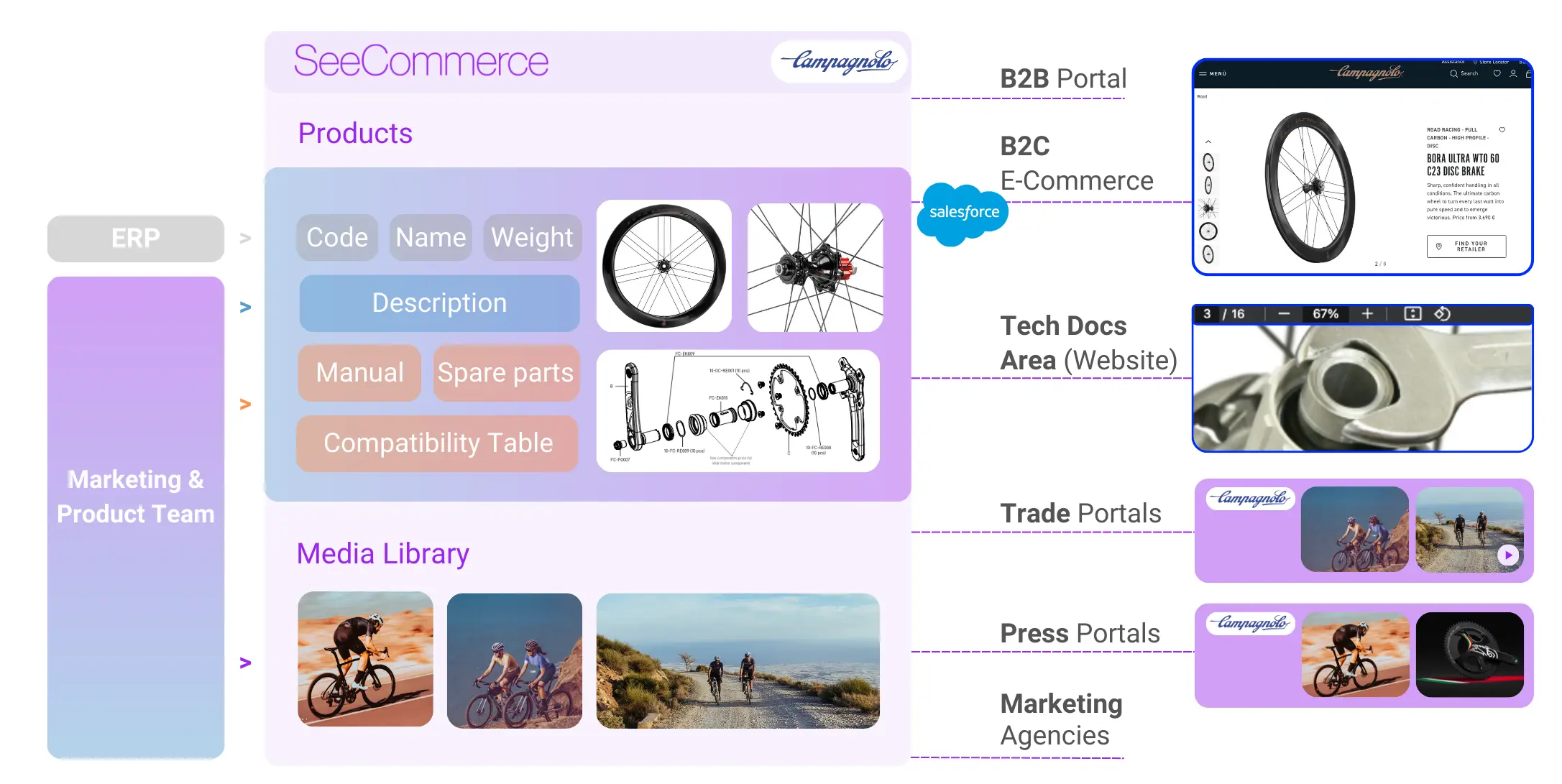
Digital Asset Management (DAM): what it is and when it is needed
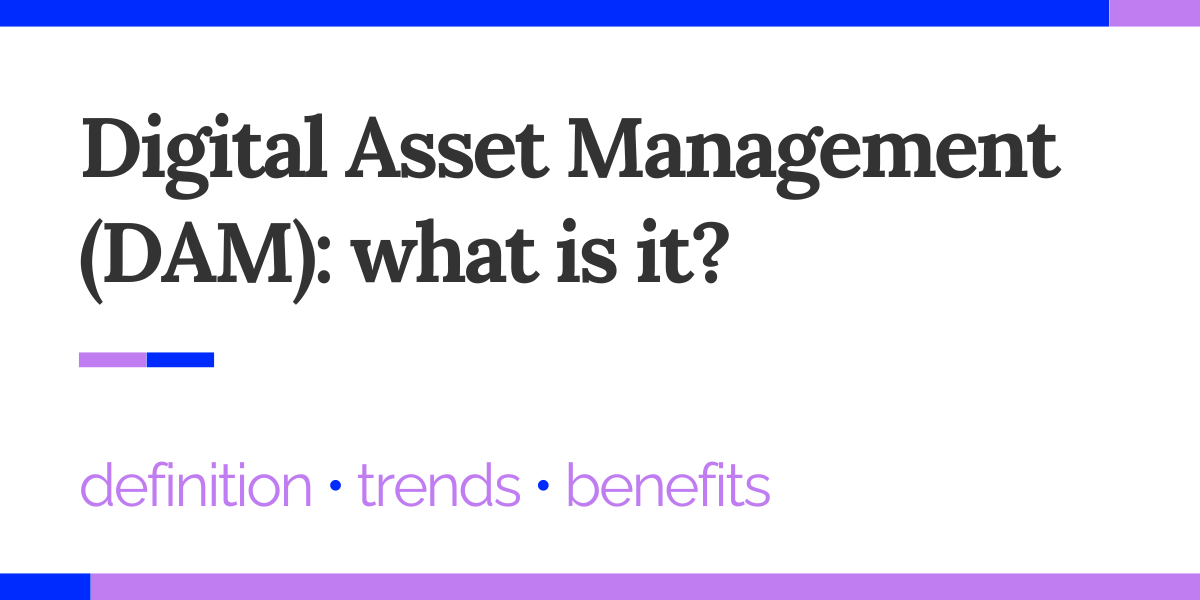
What does the acronym DAM (Digital Asset Management) stand for? What does it mean to manage digital assets? How can a DAM software platform make a difference?
Digital Asset Management: what the acronym DAM means
Digital Asset Management (DAM) is the umbrella term that encapsulates within it the set of business activities related to multimedia content.
Specifically, digital assets are defined as photos, video, audio and documents; their management includes creative, approval, organizational and delivery flows(to channels and stakeholders).
What digital asset management is for?
With positioning, promotion and sales strategies increasingly web-oriented, brands have long since established their online presence on multiple channels, such as social accounts, proprietary websites and e-commerce, B2C and B2B marketplaces, supplier portals or customer apps.
These touchpoints are united by the presence of digital assets.
Quality photographic shots, emotional videos but also user manuals or branded podcasts enable people to get information, interact with each other, and make informed purchases.
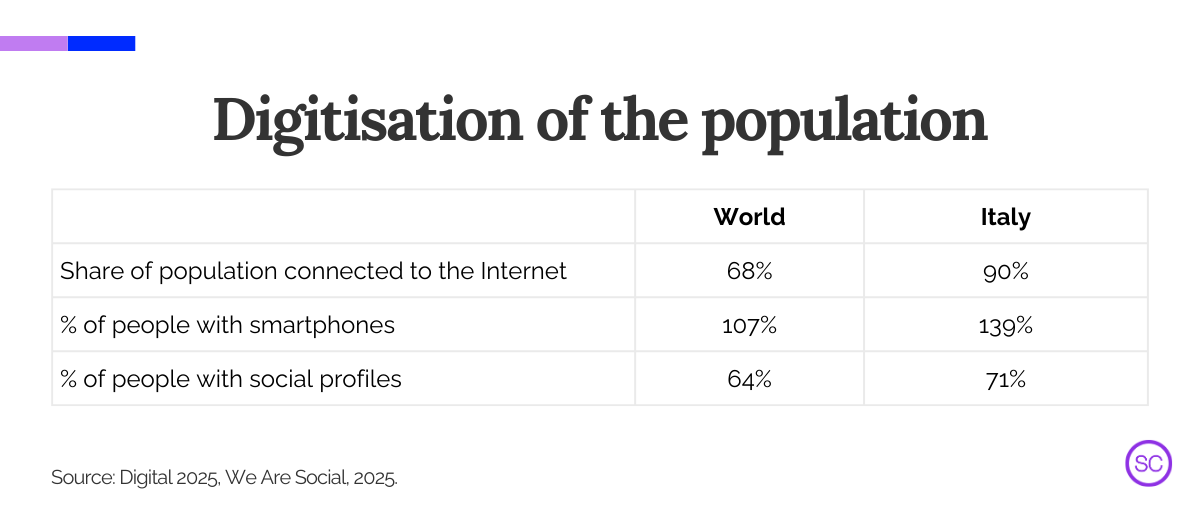
By managing digital assets, internal processes of creation, approval and sharing can be accelerated, as well as ensuring consistent and widespread dissemination of quality media to the outside world.
In a nutshell, governing digital assets elevates internal productivity and the quality of each user’s Customer eXperience.
Features of a DAM software, Digital Asset Management
Digital Asset Management (DAM), especially in medium-structured business settings, is entrusted to tools called DAM software.
These are typically cloud solutions delivered in Software as a Service (SaaS) mode, which among their main features enable:
- Accelerate content creation and approval: through timed assignment of creative and review tasks to designers, photographers, and marketers, building approval flows, and monitoring workflows.
- Organizing digital assets: storing the most up-to-date and previous versions within spaces (e.g., folders) that can be accessed in a controlled manner, through pre-configured roles and permissions (Digital Rights Management).
- Deliver updated online media: so that every web channel is aligned.
Teams and sectors that benefit from DAM software
It goes without saying: a multimedia content hub benefits all business departments.
Given, however, the scope of daily processes (branding and sales) in which it offers support, certainly the marketing area and sales team are usually the work groups that benefit most from a Digital Asset Management solution.
They are closely followed by the IT area-which is guaranteed greater security of the company’s information assets and the Product area, with a space in which to index and share sketches, prototypes and renderings.
In terms of industries, granted that a DAM software offers cross-sector benefits, it is highly valued by companies in the fashion & luxury, beauty, retail, furniture & design as well as manufacturing worlds.
Benefits provided by Digital Asset Management
A Digital Asset Management strategy (and software) provides many benefits:
- is a source of truth: a DAM tool centralizes scattered digital assets, cutting down the time it takes to search for content (thanks in part to metadata, which expands its informational reach) and always offering certainty of finding the most up-to-date version
- time to market: in a DAM, workflows converge and, many of them, are automated, shortening the content supply chain and, in turn, lowering the time needed to create and distribute product catalog, PDPs and PLPs
- brand consistency: a DAM software ensures that every stakeholder (PR, agencies, web users, social followers, B2B customers, business partners, …) is reached by the perfect (and consistent in terms of brand image) version of a file.
These are tangible benefits for businesses, as evidenced by the continued growth of the Digital Asset Management and DAM software industry.
Software DAM market data
The strategic role of Digital Asset Management is confirmed by the relentless annual growth of the global DAM software market.
Revenue generated by Digital Asset Management in 2024 exceeded $4.5 billion (it was $3.9 billion in 2023); according to forecasts, by 2032, it will be $16.1.
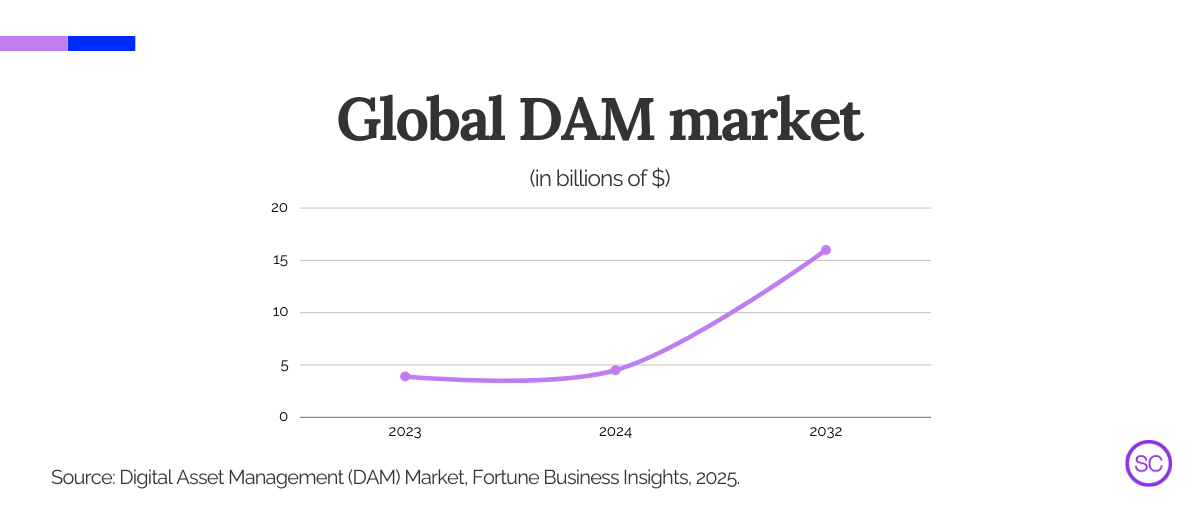
Numbers aside, the trend is more than understandable given-in addition to the data mentioned in the opening-a couple of factors closely related to Digital Asset Management.
First and foremost, the unstoppable digital transformation of companies in the hunt for greater productivity, a hot topic especially for Italian companies, as highlighted by Istat.
Indeed, in the ICT 2024 report, the share of companies with planned investments in cloud technologies in the 2025-26 biennium rises (29% vs. 26% those that have done so between 2021 and 2024); similar trend also for online sales support technologies (22% vs. 15%).
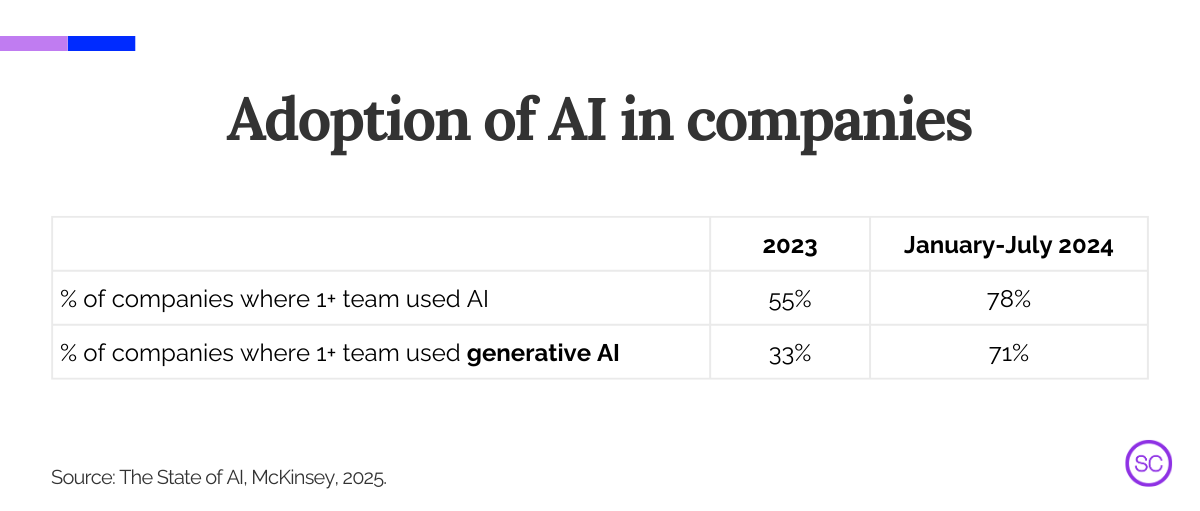
Also positively impacting the Digital Asset Management market is the increasingly widespread adoption of artificial intelligence technologies and, in particular, generative intelligence, of text but also of photos, video, and audio.
Trend that will mark an undeniable increase in digital assets in circulation, on the web and within organizations; particularly, as McKinsey confirms, in the very teams most involved in Digital Asset Management processes: Marketing, Sales, Product Development and IT.
Why go beyond DAM with a PXM
The most virtuous companies are even going beyond Digital Asset Management.
A software DAM, as mentioned, focuses on digital assets, thus adopting an internal point of view within the organization. Something similar to what Product Information Management tools do, where the focus is on product data.
This is an effective view, no doubt, but a partial one.
For some time now, not surprisingly, the focus has been shifting outward from organizations to the customer and, in particular, to the product experience.
How. With Product eXperience Management (PXM software) solutions, which combine DAM and PIM capabilities, multiplying benefits for the company and reducing IT costs by simplifying the company’s software stack.
Some key features of a PXM software
In addition to Digital Asset Management features of the Media Library section, SeeCommerce is a PXM software because it shifts the focus from individual content (or data) to catalogs and interaction with Web users (sites, e-shops, marketplaces).
In practical terms, a product’s data and all media content representing it converge into a single solution, zeroing out silos and costs to integrate DAM and PIM.
In particular, there are numerous features that enable you to go beyond a centralized media repository of classic Digital Asset Management software.
Here are a few:
- Product-Content Association and Product Content Syndication.
Content is automatically correlated with the data of the products it represents, so publishing and updating of catalogs and product sheets are instantaneous (and very high-performance, thanks to the Content Delivery Network).
- Dynamic Asset Transformation.
A PXM software dynamically adapts each piece of media content, based on e.g. format, size, background color required by individual web channels, cutting down manual optimization work and ensuring prestigious CX.
- Shares to partners.
Not only B2C touchpoints benefit from a PXM approach, but also B2B partners and, in general, stakeholders inside and outside the organization. How? With various features, one among them is Brand Portal.
Articles like this one. Via e-mail. Once a month.
If you have read this far, you have probably found this article helpful. We appreciate it.
Sign up for our newsletter-you’ll receive it spam-free once a month.
You only need to enter your name and business e-mail address. Easy, right?
